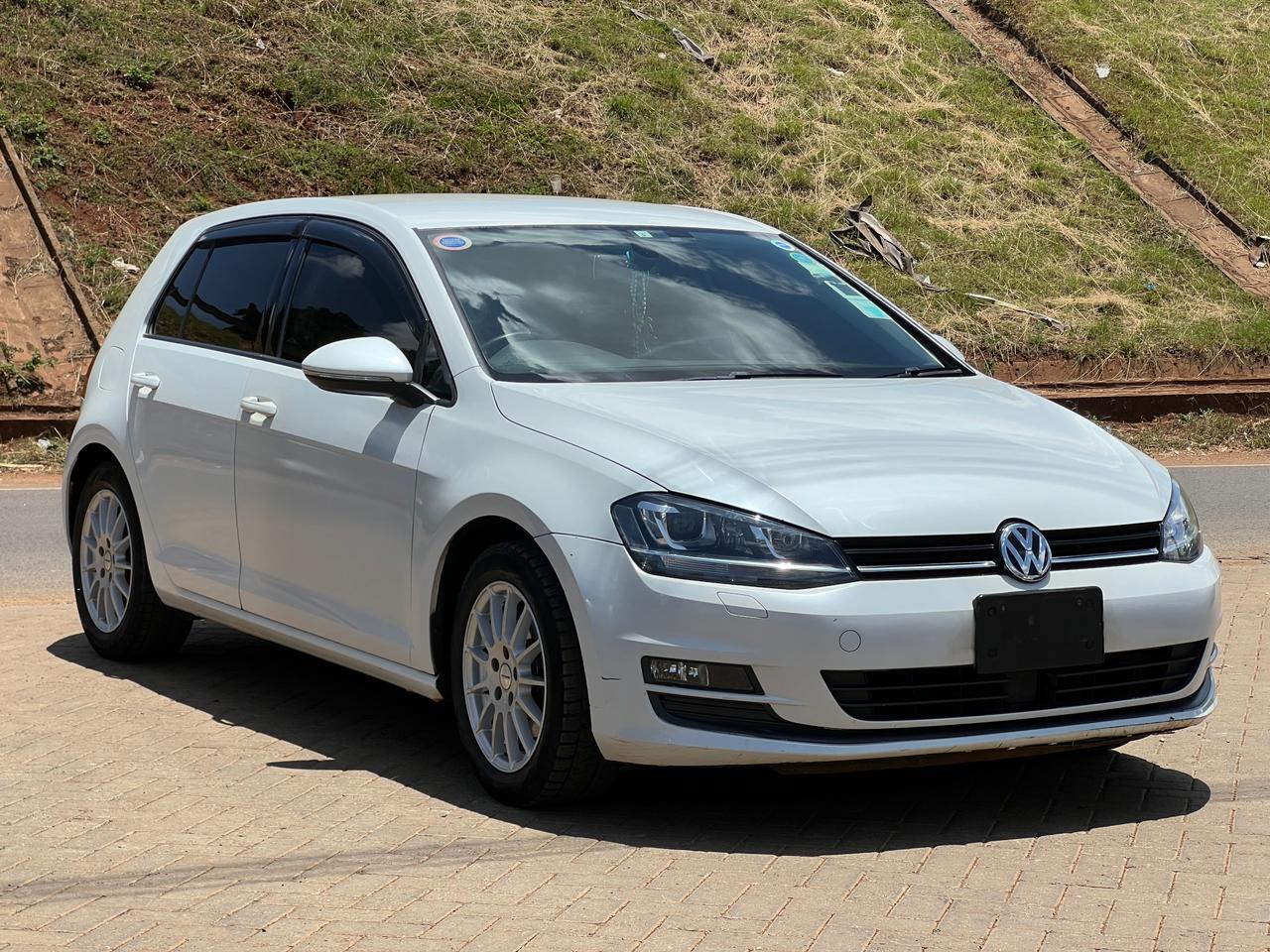Importing Cars to Kenya in 2025: The Ultimate Step-by-Step Guide
Importing Cars to Kenya in 2025: The Ultimate Step-by-Step Guide
In Kenya, cars are more than just machines — they are symbols of freedom, mobility, hustle, and sometimes even status. With the growing middle class, increased access to information, and platforms like SBT Japan and Beforward making it easier to purchase vehicles online, more Kenyans are considering importing cars rather than buying locally.
But here’s the thing: importing a car can feel like a maze — filled with numbers, agents, taxes, port processes, and jargon that can overwhelm even the most curious buyers.
So, this guide is here to break down everything step-by-step — in human language. Whether you're looking to import a single car for personal use or planning to start a small car import business, this article is your roadmap.
🚗 Why Do So Many Kenyans Import Cars?
-
Cheaper prices: Cars sourced from Japan or the UK are often cheaper, even with tax and shipping included.
-
Better condition: Direct import allows you to select low-mileage, accident-free units.
-
More options: Importing gives you access to a wide range of models not available locally.
-
Profit potential: Some Kenyans import and resell as a side hustle.
📝 Step 1: What You Need Before You Start
Before you start shopping for that sleek Toyota Axio or that beastly Prado, gather the following:
-
A KRA PIN – This is your unique taxpayer number in Kenya.
-
Your National ID or Passport – For identification and paperwork.
-
An Importer Code – If you’re a business or plan to import frequently (can be obtained from KRA).
-
A local bank account – To facilitate transactions and pay agents.
-
Basic research – Understand what type of car you want and the estimated total cost.
Optional but helpful:
A reliable clearing agent at the Port of Mombasa — especially if this is your first time.
🌐 Step 2: Where to Import From
The most common countries Kenyans import cars from are:
🇯🇵 Japan – The most popular
-
Reliable, well-maintained used cars
-
Big auction platforms
-
Affordable pricing
🇬🇧 United Kingdom
-
Right-hand drive
-
Diesel engines more common
-
Stylish European models
🇦🇪 Dubai / UAE
-
High-end luxury brands
-
Slightly higher maintenance needs
🇿🇦 South Africa
-
Proximity advantage
-
Some taxes are lower
-
Limited model range
🔍 Step 3: Choosing the Right Car and Platform
Top trusted online platforms include:
Tips:
-
Always compare prices across multiple sites.
-
Use filters: mileage under 100,000km, accident-free, non-repaired.
-
Check auction grades: Grade 4 and above are usually in good shape.
💸 Step 4: Understanding All the Costs
This is where most people get confused. Here’s a breakdown:
1. Cost of the Car (FOB)
This is the car’s price at the export point (e.g., Japan).
2. Shipping Fee (Freight)
Charged to transport the car to Mombasa.
3. Import Duty & Taxes (Payable in Kenya):
-
Import Duty: 25% of the car’s customs value
-
Excise Duty: 20% (varies by engine size)
-
VAT: 16%
-
IDF (Import Declaration Fee): 2.25%
-
RDL (Railway Development Levy): 1.5%
✅ Note: All these are calculated based on the car’s Current Retail Selling Price (CRSP) by KRA, not just the invoice value.
🚢 Step 5: Shipping & Delivery
After payment, the vehicle is loaded onto a ship and sent to Port of Mombasa. Shipping usually takes:
-
Japan to Kenya: 21–28 days
-
UK to Kenya: 14–21 days
-
Dubai to Kenya: 7–14 days
Make sure you get:
-
Bill of Lading (proof of shipment)
-
Export Certificate
-
Inspection Certificate (JEVIC or QISJ for Japan)
🛃 Step 6: Clearing at the Port
This is where a clearing agent becomes helpful.
Documents Needed:
-
ID or Passport
-
KRA PIN
-
Bill of Lading
-
Export & Inspection certificates
-
Original invoice
-
Vehicle logbook (from exporter)
What Happens at the Port:
-
KRA assesses the car’s taxes
-
You pay via iTax
-
NTSA allocates a number plate
-
Insurance cover is arranged
-
Car is released to you
Pro Tip: Always confirm if the agent is licensed by KRA and NTSA to avoid scams.
⚠️ Step 7: Avoiding Common Scams
Sadly, there are many fraudsters pretending to be car dealers or agents. Here’s how to stay safe:
Red Flags:
-
Asking for full payment on WhatsApp
-
No official website or contact details
-
Rushed sales tactics
-
Inconsistent photos or missing vehicle history
Stay Safe By:
-
Using verified import platforms
-
Never sending money via mobile money to individuals
-
Asking for references or reviews
-
Meeting in person when possible
🪪 Step 8: Registration and NTSA
After clearance, register the car on NTSA TIMS using your eCitizen account.
You’ll receive:
-
New Kenyan number plate
-
Logbook
-
Valid insurance
Then you're ready to hit the road!
💰 Example Cost Breakdown
Let’s say you import a Toyota Vitz 2016 1300cc from Japan.
| Cost Item | Estimated Amount (KES) |
|---|---|
| Car Price (FOB) | 550,000 |
| Shipping | 90,000 |
| Inspection & Export Docs | 15,000 |
| Import Duty & Taxes | 240,000 |
| Clearing Agent Fee | 20,000 |
| Registration & Number Plate | 12,000 |
| Total | ~927,000 |
🧠 Thinking of Starting a Car Import Business?
Yes — it’s possible. Here’s a mini roadmap:
1. Register a business:
-
Get a business name via eCitizen
-
Open a business bank account
2. Build partnerships with:
-
Reliable Japanese exporters
-
Clearing agents in Mombasa
-
Mechanics or garages for prep
3. Create an online presence:
-
Facebook Page or Instagram with car listings
-
TikTok for showcasing deliveries
-
WhatsApp Catalog for price lists
4. Start with one car:
-
Import it, sell it, and reinvest
You don’t need to start big — even one car can flip for a solid margin.
🔚 Conclusion: The Road Is Open
Importing a car to Kenya in 2025 is no longer reserved for big dealers or wealthy buyers. It’s a realistic, doable process for anyone with determination, a phone, internet, and a few hundred thousand shillings.
Whether you're importing for yourself or looking to turn this into a business — the time is now.
Just remember:
-
Do your research
-
Work with trusted platforms and agents
-
Understand the costs fully
-
Start small but smart
🔗 Need help or advice? Visit our blog:
👉 codeandclutch.blogspot.com





Comments